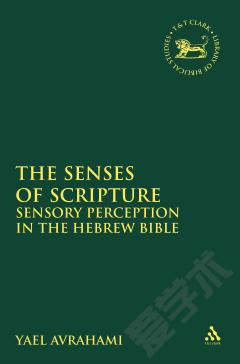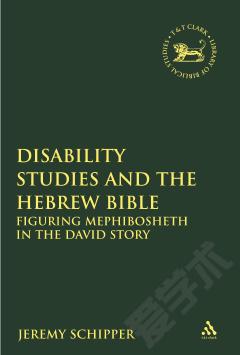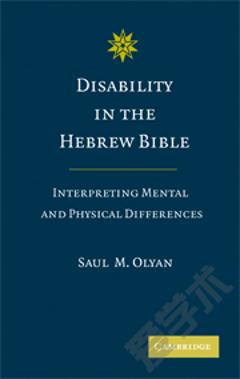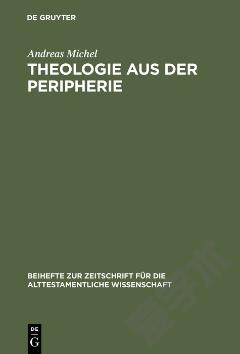Biblical Corpora —— Representations of Disability in Hebrew Biblical Literature
----- 圣经集
The book is organized by genre of biblical literature. First, the priestly literature articulates a binary concept of disability as impure and passive, i.e. as 'other' to the pure, holy, and active. By contrast, in the prophetic literature and the Psalms, images of disability structure communication among God, prophets, leaders, and people. Here, disability does not simply mean impurity; its valuation depends on its possessor. Wisdom literature and narrative present figures (e.g. Job, Mephibosheth) whose innate or acquired disabilities are nevertheless placed, and not simply as impurities, within cosmic and social order. Although priestly literature seems anomalous, all strata of biblical literature use disability imagery not primarily to represent disabled persons, but mainly to represent the power of Israel's God. Physical norms and disability thus play a pervasive and previously neglected role in biblical categories of holy/unholy, pure/impure, election/rejection, and God/idols. This book provides a literary critical method focused on representation in the canonical form of the text allows a comprehensive view of how images of disability operate in relation to major concepts, and also provides a foundation for studies in the history of interpretation. All discussion of biblical passages and books draw on existing historical studies as a necessary precondition for understanding.
{{comment.content}}








 京公网安备 11010802027623号
京公网安备 11010802027623号